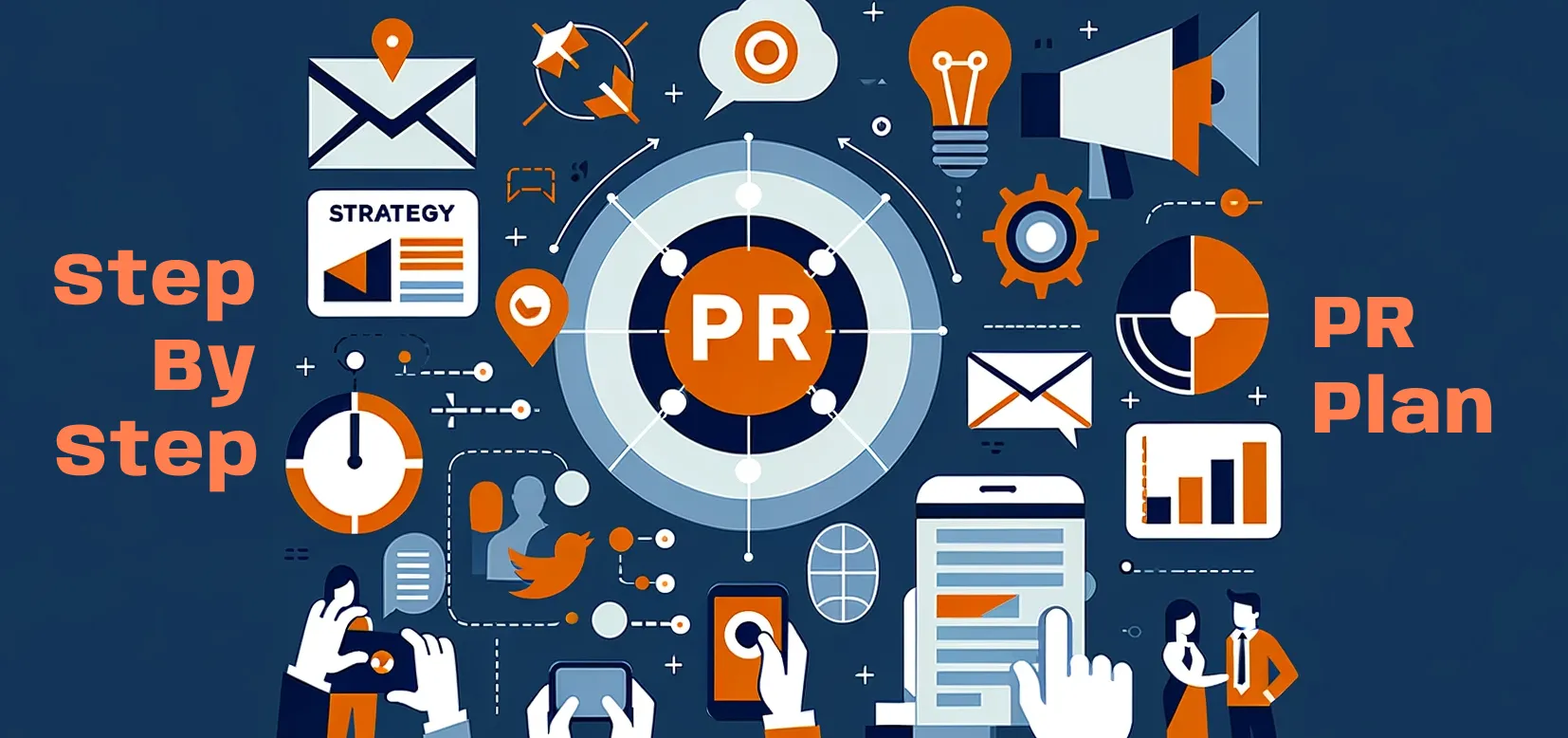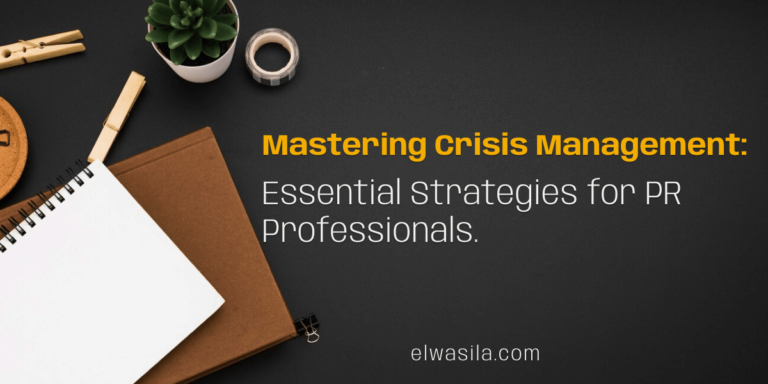Public Relations planning! Think of this as assembling a jigsaw puzzle, but instead of a scenic landscape, you’re piecing together a masterpiece of communication.
In ‘Developing a PR Plan: A Step-by-Step Guide’, we’re about to roll up our sleeves and dive into the PR toolbox. No complicated jargon here, just plain English and a sprinkle of fun. We’ll start from scratch – no prior PR experience is required!
Imagine you’re building a house. First, you need a blueprint – that’s your PR strategy. Then, you gather your tools and materials – these are your media contacts, press releases, and social media platforms. Finally, you get down to the actual building – executing your well-thought-out plan with precision.
Whether you’re a small business owner wearing multiple hats or a PR newbie eager to learn the ropes, this guide will walk you through each step with clarity and a bit of wit. So, grab your metaphorical hammer and nails (or just a cup of coffee), and let’s build a PR plan that stands tall and proud!
PR Planning Steps:
- Map Out Your Brand Elements
Start by defining what your brand represents. This involves understanding your brand’s values, mission, vision, and the image you want to portray to the public. Your brand elements set the tone for your PR activities and ensure consistency in your messaging.
- Define Your Target Audience
Identifying who you’re trying to reach is crucial. Your target audience could include current customers, potential clients, investors, or the general public. Understanding their demographics, interests, and media consumption habits will help tailor your PR activities to resonate with them effectively.
- Formulate Key Messages
Key messages are the core ideas you want to communicate to your audience. They should align with your brand elements and resonate with your target audience. Key messages should be clear, and concise, and convey the unique value your brand offers.
In this step, the emphasis is on crafting messages that resonate with our target audience. This involves:
-
- Understanding the unique selling propositions of your product or service.
- Aligning messages with the audience’s values and interests.
- Using language that is clear, concise, and memorable.
- Ensuring consistency across all communication platforms
- Identify Channels and Mediums
Choose the right channels and mediums to reach your audience. This could include traditional media like newspapers and TV, digital platforms like social media and blogs, or a combination of both. The choice depends on where your audience spends their time and consumes information.
Choosing the right channels is crucial for message delivery. This involves:
-
- Analyzing where our target audience consumes content (e.g., social media platforms, online forums, podcasts).
- Considering the nature of the content (visual, textual, audio) and matching it with appropriate channels.
- Evaluating the reach and effectiveness of each channel.
- Balancing between traditional (e.g., press releases) and digital mediums (e.g., social media, blogs) for a comprehensive approach.
- Choose Content Types
Decide on the types of content you’ll use in your PR campaign. This could range from press releases and blog posts to social media updates and video content. The content should be engaging, relevant to your audience, and aligned with your key messages
- Find Newsworthy Stories
Your PR plan should include finding stories within your business that are newsworthy and align with your brand’s key messages. These stories help to build brand awareness and establish your brand as a thought leader in your industry.
- Write and Execute the PR Plan
With all the elements in place, write your PR plan. It should include your goals, target audience, key messages, chosen channels, and the types of content you will use. Once written, execute the plan with a focus on consistency and alignment with your overall business objectives.
- Plan Media Pitches
Media pitches are essential for getting your stories out. Use a press release template to create compelling pitches that resonate with journalists and bloggers. Tailor each pitch to the specific media outlet to increase your chances of getting coverage.
- Measure Success
Finally, measure the success of your PR plan. This can include metrics like media coverage, audience engagement, website traffic, and social media metrics. Regular measurement and analysis will help you understand the impact of your PR efforts and guide future strategies.
Conclusion
A well-developed PR plan is a powerful tool for any business looking to enhance its public image and build strong relationships with its target audience. By following these steps, you can create a PR plan that not only reaches your audience but also resonates with them, ultimately contributing to the growth and success of your business.








